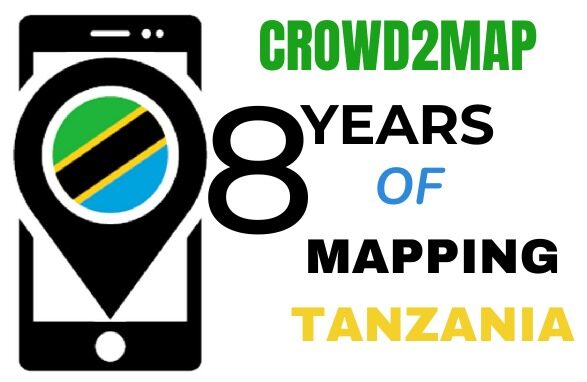Since we started in 2015, we have added over 5.2 million buildings into OpenStreetMap and trained more than 5000 people in rural Tanzania how to use these maps. For up to date statistics see here.
Having better maps helps community development and progress towards the SDGs and means FGM activists and the police can more easily find girls at risk of FGM. Typically they will get a phone call in the middle of the night saying girls are about to be cut in a village. Before we mapped these villages they were very difficult to find, particularly at night, as there are no road signs. Now they can use the downloaded maps on their phone to quickly find locations, offline, using Organic Maps.
There is a film from Al Jazeera showing this here, and another from USAID here, plus an article from UNFPA here. You can see a map showing where the girls came to Serengeti safe house from here.
Having maps of your community for the first time has multiple benefits. Obviously it helps with navigation, but it also helps with planning. Examples include:
- By locating the existing water points and houses, we help to identify where the best location for a new one would be;
- By measuring how far students walk to school we can identify so who should be prioritised for a hostel place.
There is a film from 2017 giving an overview of this here.
There is a visualisation of how our mapping has progressed over time here.
And a dashboard showing where we have mapped here.
Please join us and put rural Tanzania on the map!
